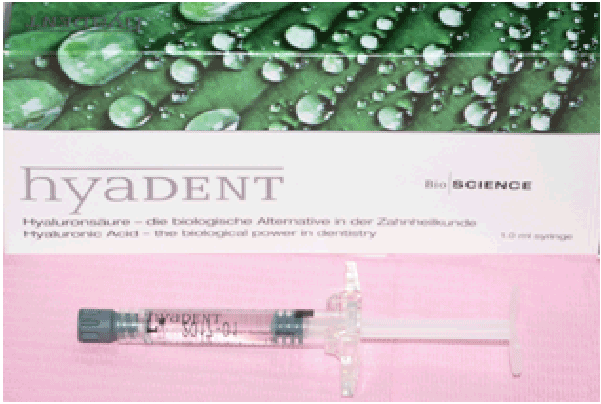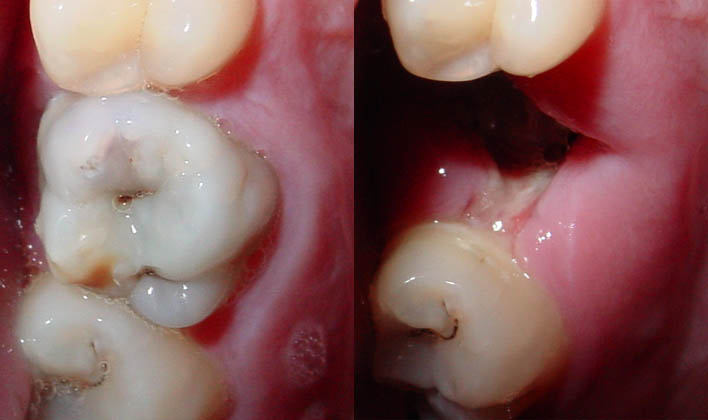After a tooth extraction, one of the most common complications that patients may experience is dry socket, also known as alveolar osteitis. This condition occurs when the blood clot at the site of the extraction fails to form properly or becomes dislodged prematurely. Without this protective clot, the underlying bone and nerves are exposed, leading to significant discomfort and delayed healing. Understanding the causes, recognizing the symptoms, and knowing how to care for this condition can help individuals manage it effectively and reduce the risk of complications.

What Is Dry Socket?
Dry socket is a painful condition that can develop after a tooth is removed. It typically occurs within a few days after the extraction and is most commonly associated with the removal of wisdom teeth. When a tooth is extracted, a blood clot naturally forms in the empty socket to protect the area and promote healing. However, if this clot does not form or is lost too soon, the bone and nerves in the socket are left exposed to air, food particles, and bacteria. This exposure can lead to severe pain and increase the risk of infection.
How Common Is Dry Socket?
Dry socket is relatively uncommon, affecting only about 2 to 5 percent of people who undergo tooth extractions. However, the risk increases significantly when wisdom teeth are removed. The likelihood of developing dry socket is higher in individuals who smoke, have poor oral hygiene, or do not follow post-operative care instructions carefully.
Causes of Dry Socket
Several factors can contribute to the development of dry socket after a tooth extraction. Understanding these causes can help individuals take preventive measures and minimize their risk.
Blood Clot Disruption
- Poor Blood Clot Formation: In some cases, the blood clot may fail to form properly due to insufficient blood supply or other underlying health conditions.
- Dislodgement of the Blood Clot: Activities such as rinsing the mouth too vigorously, spitting forcefully, or using straws can dislodge the clot, leaving the socket unprotected.
Lifestyle Factors
- Smoking: Smoking is one of the leading risk factors for dry socket. The chemicals in cigarettes can interfere with the healing process, while the act of inhaling can create suction that dislodges the blood clot.
- Poor Oral Hygiene: Failing to maintain proper oral hygiene before and after the extraction can increase the risk of infection and disrupt the healing process.
Trauma During Extraction
In some cases, the extraction process itself can cause trauma to the surrounding tissues, making it more difficult for the blood clot to form or remain in place. This is particularly true for complex extractions, such as those involving impacted wisdom teeth.
Symptoms of Dry Socket
Recognizing the symptoms of dry socket is crucial for seeking timely treatment and preventing further complications. The signs of this condition typically appear within a few days after the extraction and can vary in severity.
Pain
- Severe Pain: The most prominent symptom of dry socket is intense pain that radiates from the extraction site to the ear, eye, temple, or neck on the same side of the face.
- Pain That Worsens Over Time: Unlike normal post-extraction pain, which gradually subsides, the pain associated with dry socket tends to worsen over time.
Visible Signs
- Empty-Looking Socket: When looking into the mouth, the affected socket may appear empty or partially empty, with visible bone instead of a blood clot.
- Bad Breath or Unpleasant Taste: The exposure of the bone and nerves can lead to bacterial growth, resulting in bad breath or a foul taste in the mouth.
Swelling and Inflammation
In some cases, individuals may experience swelling around the extraction site or inflammation of the surrounding tissues. While this is not always present, it can indicate an increased risk of infection.
Caring for Dry Socket
If dry socket develops, prompt care is essential to alleviate pain, prevent infection, and promote healing. Treatment typically involves a combination of professional intervention and at-home care.
Professional Treatment
- Socket Cleaning: A dentist will gently clean the affected socket to remove any debris or food particles that may have accumulated. This helps reduce the risk of infection and prepares the area for healing.
- Medicated Dressings: The dentist may apply a medicated dressing directly to the socket to provide pain relief and protect the exposed bone and nerves. These dressings often contain substances like clove oil, which has natural analgesic properties.
- Pain Medications: Over-the-counter or prescription pain relievers may be recommended to manage discomfort. Nonsteroidal anti-inflammatory drugs are commonly used for this purpose.
At-Home Care
In addition to professional treatment, individuals can take several steps at home to support the healing process and reduce the risk of complications.
- Rinsing with Warm Salt Water: Rinsing the mouth gently with warm salt water several times a day can help keep the area clean and reduce the risk of infection. It is important to avoid vigorous rinsing, as this can further disrupt the healing process.
- Avoiding Certain Activities: To prevent further irritation or dislodgement of the clot, individuals should avoid smoking, using straws, or engaging in strenuous physical activities that could increase blood pressure in the head and neck region.
- Maintaining Good Oral Hygiene: Brushing and flossing regularly, while being careful to avoid the extraction site, can help maintain overall oral health and support healing.
Preventing Dry Socket
Taking preventive measures can significantly reduce the risk of developing dry socket after a tooth extraction. These strategies focus on promoting proper healing and minimizing potential disruptions to the blood clot.
Following Post-Operative Instructions
- Avoiding Spitting or Rinsing Too Soon: Dentists typically advise against rinsing or spitting forcefully for at least 24 hours after the extraction to allow the blood clot to stabilize.
- Using Prescribed Medications: If antibiotics or pain medications are prescribed, it is important to take them as directed to prevent infection and manage discomfort.
Adopting Healthy Habits
- Quitting Smoking: Individuals who smoke should consider quitting or at least avoiding smoking for at least 48 to 72 hours after the extraction to reduce the risk of dry socket.
- Eating Soft Foods: Consuming soft foods and avoiding chewing near the extraction site can help minimize irritation and protect the blood clot.
Regular Dental Check-Ups
Regular visits to the dentist can help identify and address any underlying issues that may increase the risk of dry socket. Dentists can also provide personalized advice based on an individual’s medical history and oral health status.
When to Seek Professional Help
While mild discomfort after a tooth extraction is normal, certain signs may indicate the need for professional evaluation. These include:
- Severe or worsening pain that does not respond to over-the-counter pain medications.
- Signs of infection, such as fever, pus discharge, or excessive swelling.
- Persistent bad breath or a foul taste in the mouth that does not improve with oral hygiene.
Early intervention can prevent complications and ensure a smoother recovery process. If any of these symptoms occur, it is important to contact a dentist promptly for an assessment and appropriate treatment.





